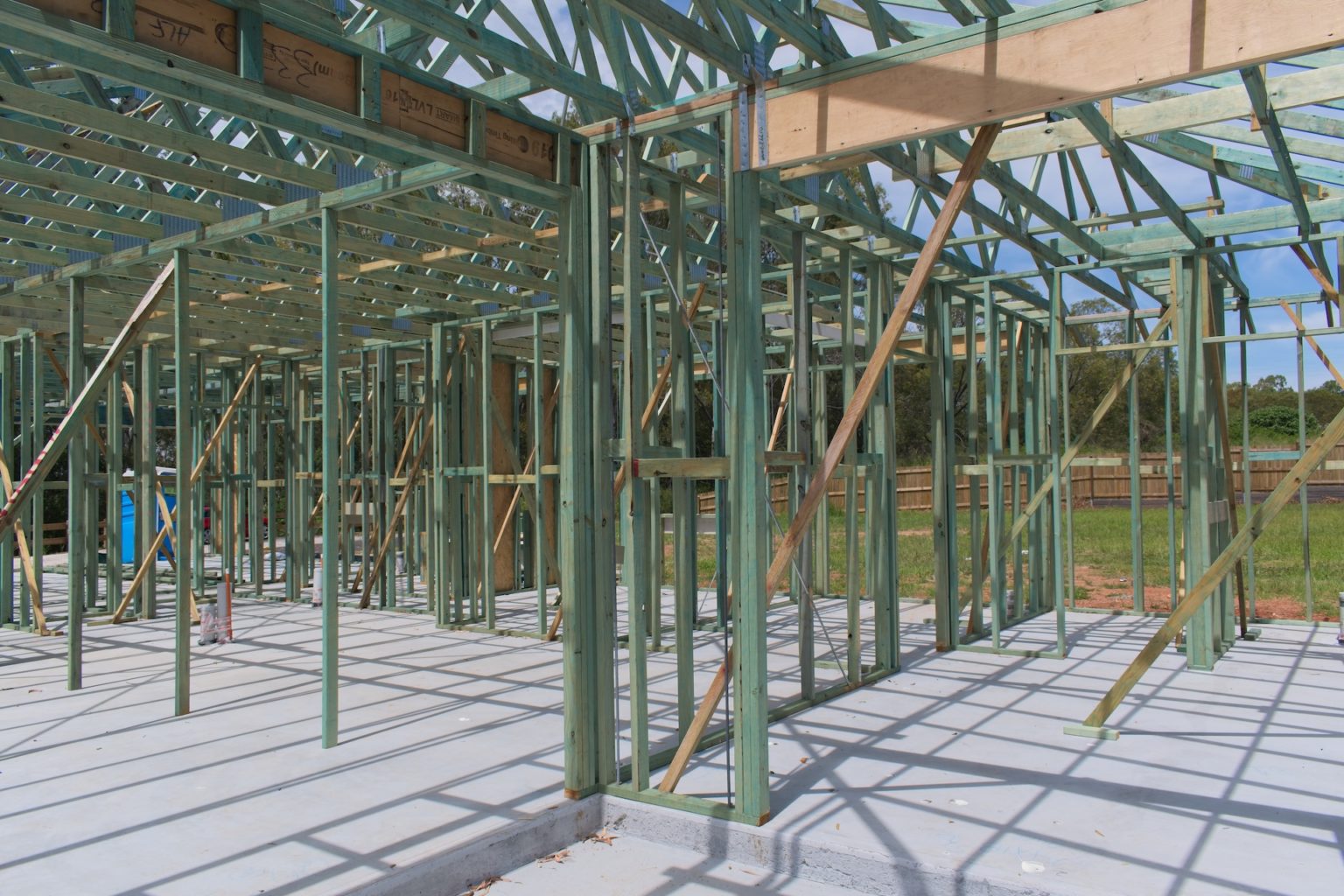Are Treated Timbers Really Safe From Termites?

Treated H2 timber framing is a time bomb with no benefit.
The near-universal use of H2 blue, green or red framing timber in construction is now a time bomb for landfill in 20-40 years’ time. It cannot be composted nor recycled, and thus is sent to landfill. In an ideal world, buildings would be carefully deconstructed and every skerrick reused, but in the Land of Oz, where labourers are paid $55 per hour, and landfill rates are less than $200 per tonne that is just a pipe dream.
H2 timber is marketed by leveraging the not unreasonable fear of termites.
How can something so small cause so much fear? Yet the misunderstanding in the general public’s minds is probably second only to that of the great white shark. Without termites, it has been calculated that we would be smothered under three metres of rotting timber. How that was calculated would make interesting bedtime reading.
The timber industry sells H2 as added termite protection, and a value-add. Quizzing a few suppliers I have been told the scale of production is such that it adds 20c per lineal metre to the cost, but I suspect that is optimistic. The building industry then on-sells it as added peace of mind for homeowners, but if we look more closely at the details, that’s often misleading, and unnecessary in any case.
For starters, Australian Standard 3660.1-2000 basically states that termites are to be kept out of the structure of buildings. It sets out the requirements and various means for achieving this and, if followed, termites cannot get past effective barriers, so what is the point of having termite resistant framing within those barriers?
Note that AS3660.2 says that regular inspections are required to complement the physical barriers installed in the building, and no more than 12 months apart.
If the inspection regime fails, and termites work around the barriers and enter the structure, even if they cannot eat the framing, they will eat everything else, from the paper on the plasterboard to the engineered floor overlay to the bookshelf and the books on it. I’ve seen it happen.
The marketing implies, though never quite states, that this supposed belt and braces approach would be a better outcome in that circumstance. But would it happen that way? – or should I say, wood it? Let’s look at what the fine print says in the instructions for use, and what actually happens on site – or at least, 99.99 per cent of sites.
Any exposed cut ends, which are by definition untreated, like the ends of top and bottom plates, must be sealed with an appropriate toxic chemical liquid.
To quote one manufacturer’s technical bulletin: The recommendation of AS 1604.1 for all treated products in the hazard classes including H2 and H2-F is that good building practice is to reseal with a suitable timber preservative, such as Protim Solignum XJ Clear Timber Protective or Tanalised Enseal Clear. To meet the conditions of the chemical guarantee, minimum reseal requirements apply (refer Table 3, CHH Laserframe Product Guide)
Likewise notches, chasings and other cut penetrations must be resealed, though the details vary between manufacturers.
Have you ever seen this happen on site? I never have, though I’m happy to believe there are one or two builders out there who do this. Post their details in the comments section please!
So, in reality, the so-called security being sold to consumers is false – any claim for termite attack will be rejected once the forensics find all that untreated end-grain.
Meanwhile, with the average Australian building having a life expectancy of 42 years, we are lining up to fill all our landfill sites with uncompostible treated timber.
Just sayin’…
Dick Clarke is principal of Envirotecture, is an Accredited Building Designer with over 35 years experience, focusing exclusively on ecologically sustainable and culturally appropriate buildings.
Note: This blog was originally posted on thefifthestate.com.au
Tags: buyer beware, surety property, termite damage, termite infestation, termite timbers, termites

